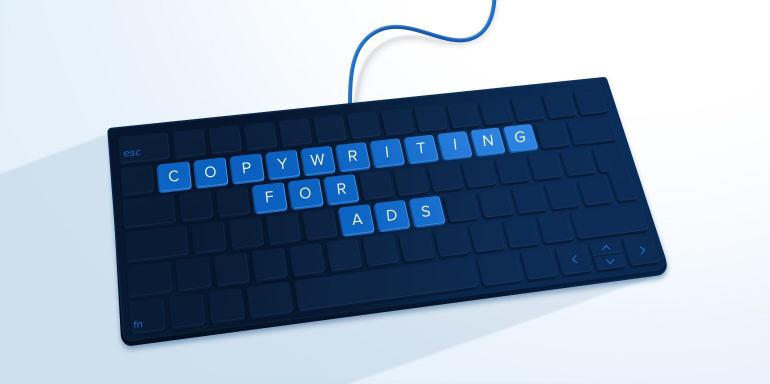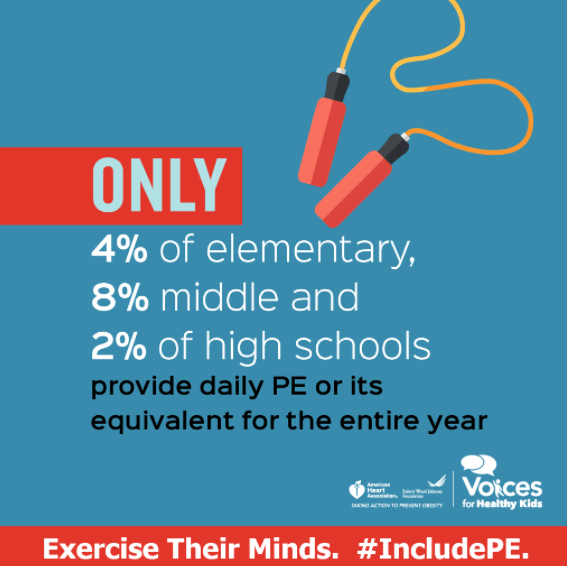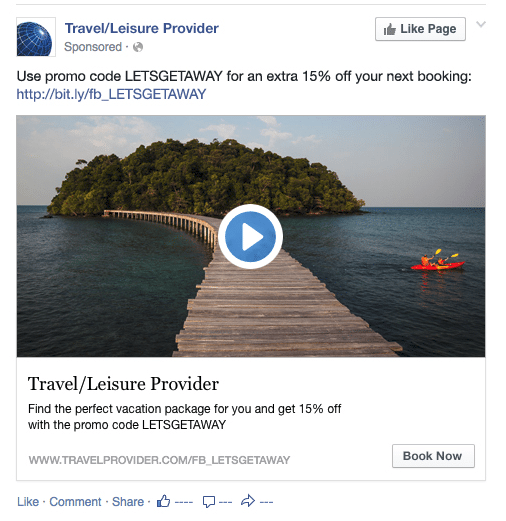We all want to think we’re rational and make purchases based on sound logic, but the truth is we’re fickle and emotional creatures.
That’s not to say that for some products we don’t diligently research online reviews to find the highest quality product at the best price.
But to become a loyal customer, it takes more than price or product quality.
It takes connecting with a brand’s story and the experience you have when you shop. Whether it’s the convenience and speed Amazon brings, the pride and sense of community one feels driving a Subaru, or the feeling that you’re part of a community of innovative thinkers and doers buying Apple.
People continue to buy from a company because they love its story and what owning that brand’s product or service says about them. And marketing and advertising are the pillars of a brand’s story.
So what does it take to create an ad that emotionally connects with your prospects and customers?
How to make your ad copywriting compelling
Do your research
To write ad copy that evokes emotion and incites action, you need to know who your audience is, how they think, and to ask yourself what their problems, motivators, and desires are.
When you’ve done your research, you’ll confidently be able to address your audience in language that speaks to them.
Take for instance the messaging of bareMinerals and Chanel. Their advertising copy and imagery portray different messages because they’re going after two different audiences.
The Chanel brand gives off the aura of exclusivity and sophistication because they’re targeting the upper echelon of society — and using sleek, sexy ads to do it. bareMinerals, on the other hand, is targeting women in search of a more natural look and product, and therefore uses a more relatable looking model with a message focused on inner beauty.
Use emotional triggers
Feelings precede conscious thought. We experience gut reactions in less than 3 seconds, and our emotional responses are 5x faster than our rational brain takes to process the same information. Most of the time we’re acting in response to our emotions, not rational thought. Good advertisers use this to their advantage.
The best ads evoke an emotional reaction. And the most common trigger emotions are fear, anger, sadness, and joy.
Below is an example from Crisis Relief. It’s a tragic scene of a little boy dying, and while you feel sad, you also feel angry that all these people are just standing by with their thumbs up doing nothing.

It evokes an unusually strong reaction because you realize that you’ve probably done something similar in the past while scrolling through your newsfeed. The message is loud and clear, reading the news or liking a charity page is not the same as volunteering or donating to a cause.
Write a persuasive headline
If your headline doesn’t grab a reader’s attention, they’re not going to read the rest of your ad.
So how do you write a compelling headline?
Below are a few ideas to get you started:
Highlight a special offer: If you have an unbeatable price, or a promotion, don’t be afraid to focus on it in your headline. People love saving money and will be compelled to click.
 Make it catchy and memorable: Having a catchy headline is great for branding and awareness campaigns like banner ads, billboards, and commercials. You want people to recall your brand. Keep in mind, it might not be the best option for a search ad when someone is looking for a specific solution to their problem.
Make it catchy and memorable: Having a catchy headline is great for branding and awareness campaigns like banner ads, billboards, and commercials. You want people to recall your brand. Keep in mind, it might not be the best option for a search ad when someone is looking for a specific solution to their problem.
- I’m lovin’ it (McDonalds)
- Just Do It (Nike)
- The best a man can get (Gillette)
- You’re not you when you’re hungry (Snickers)
Pose a Question: Posing a question is great for when you are targeting people who have a problem — but are unaware that your product or service can solve it. This works well on Facebook, Twitter, and Instagram, where asking a question grabs a user’s attention and draws them into reading the rest of your post.
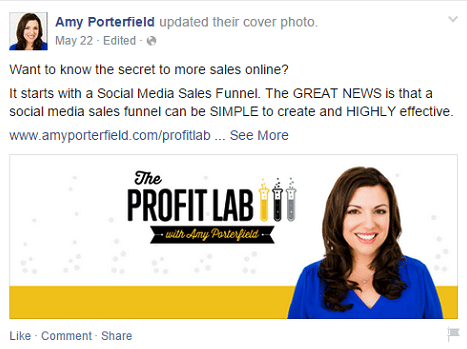
Focus on the benefit: Don’t focus on your product’s features, focus on the benefits that it brings a user. Think about what problem your product or service solves and craft your headline around that.
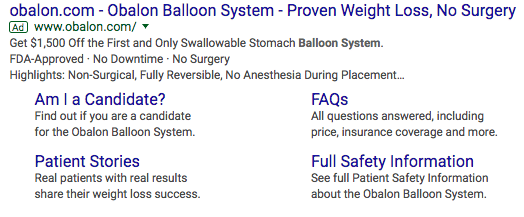
Use testimonials: Testimonials help overcome people’s skepticism about your product. Hearing a positive review from someone who has used your product will make your brand look more trustworthy.

Be clear and informative
David Ogilvy, known as the “father of advertising,” once said, “the more informative your advertising, the more persuasive it will be.”
Address your unique value proposition in your ad copy. Why should someone buy your product or service vs. another? What sets you apart? Answer these questions clearly and concisely, and your ad will be more persuasive.
Having a clear value proposition is important for search ads. When someone searches online, they are looking for a solution to a specific problem. If your ad doesn’t explain how your company solves their problem, they’ll skip right over it.
Below is a good example of a persuasive Google search ad for project management software. It has a benefit-oriented headline and subheader and uses the description to highlight features that back up its claim of saving you 15+ hours per week:

Present the solution to a problem
Features are generally dry and uninteresting. But if you address how specific features solve your audience’s problems it’s much more powerful.
Before sitting down to write ad copy, write down your product’s features and look for what problem they solve. Then craft your copy around those solutions.
For example, if Verizon had just highlighted their 4G LTE network without saying that it covers 96% of Americans, it wouldn’t have meant anything to most people. But by presenting 4G as the solution to not getting reliable coverage, it makes a more impactful ad.
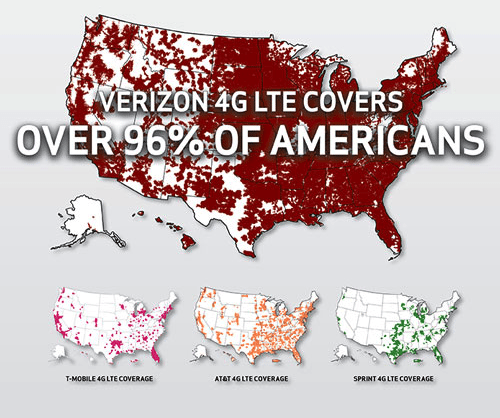
Use statistics when applicable
Using statistics or numbers to highlight a problem (or to demonstrate how much better your product is from a competitor) can be another eye-opening tactic to compel consumers to click.
Seeing “cold, hard, facts” makes your message seem more authoritative and trustworthy, and can convince someone to buy your product or support your cause.
Here’s an ad from Voices for Healthy Kids that uses statistics to shed light on a problem that many of us probably didn’t know existed. It additionally paints a devastating picture of the future health of our children.
Sprint leverages numbers differently. It uses statistics to show how its service is superior to competitors, positioning itself as a valid contender against bigger names like Verizon, AT&T, and T-Mobile.
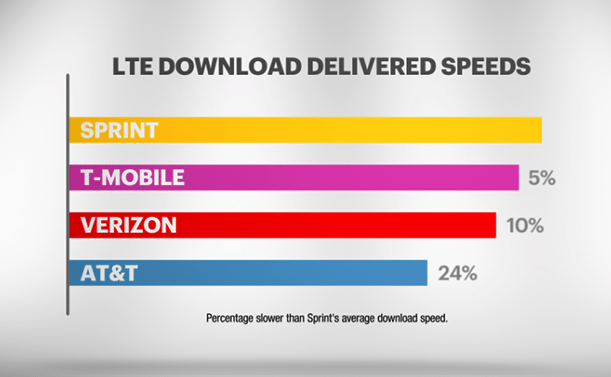
Write a strong call to action (CTA)
Not all forms of advertising will include a CTA, but for those that do, mainly direct response advertisements, you want to make sure it’s clear what you want your reader to do next.
Use only one CTA in your ad, so you don’t dilute your message. And start your CTA with an action verb, like “Buy Now,” “Discover More,” or “Make me a Millionaire.” It’s more direct and impactful.
In the below Facebook ad, it’s clear that the advertiser wants you to book your next vacation now.
Experiment
Now that you’ve taken the time to write the perfect ad copy, it’s important to test and optimize it.
According to our resident Google Ads expert, Patrick Holmes, the best way to conduct useful tests using Google’s Conversion Optimizer is to “limit tests to individual, specific elements. Focus tests on headlines before description text since headlines are more prominent.” By doing this, you’ll know what’s working and what’s not, and be able to write better ad copy in the future.
Google also recommends that you set your ad rotation preferences for their Search and Display Network to “Optimize,” which will “optimize your ads for clicks in each individual auction using signals like keyword, search term, device, location, and more.” Using Optimize gives you a better chance for higher conversions.
Create a cohesive narrative
The last step in creating a personalized advertising journey is ensuring that the copy and imagery on your post-click landing page match your ad. You spent the time and money making an ad that convinced a prospect to click, don’t waste that money by sending someone to a generic post-click landing page or homepage.
Make sure that the person who clicked your ad knows they landed in the right place. If your ad promotes a discount, highlight that at the top of your page. If you wrote an ad focused on solving a specific problem, make sure to display it on your post-click landing page prominently.
A good example of this is from Salesforce. I typed in CRM software and clicked on this ad:

This add then directed to this post-click landing page:

They highlighted the #1 CRM solution in both the search ad and post-click landing page copy, as well as reiterating “grow your business.”
The page also uses good post-click landing page design principles: it has one CTA and doesn’t have navigation links at the top of the page. Prospects are more likely to sign up for a demo because everything on the page is pointing them towards this action. To learn more about how to create a high-converting post-click landing page check out our guide: How to Create a post-click landing page.
Create post-click landing pages as engaging as your ads
At Instapage, our Advertising Conversion Cloud allows marketing teams and agencies to create personalized post-click landing pages for each campaign at scale quickly. Sign up for Enterprise demo today to find out more.

See the Instapage Enterprise Plan in Action.
Demo includes AdMap™, Personalization, AMP,
Global Blocks, heatmaps & more.
